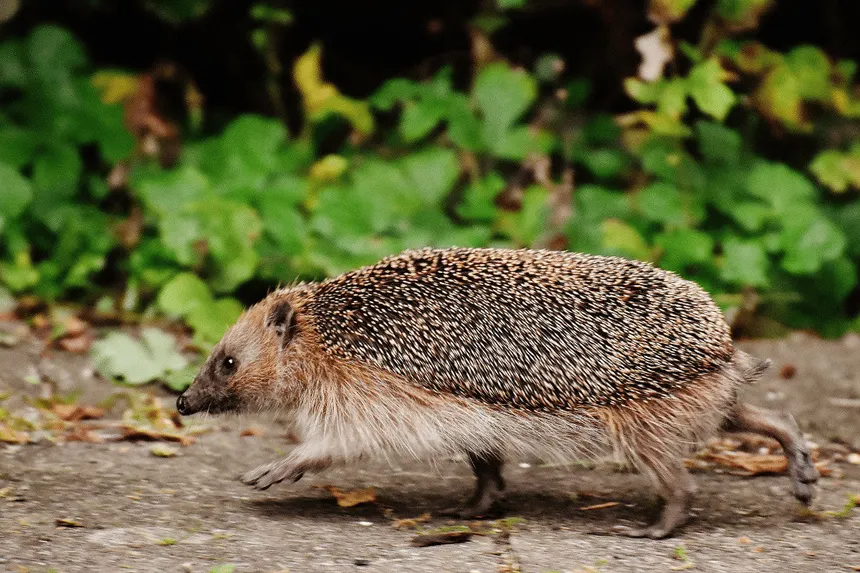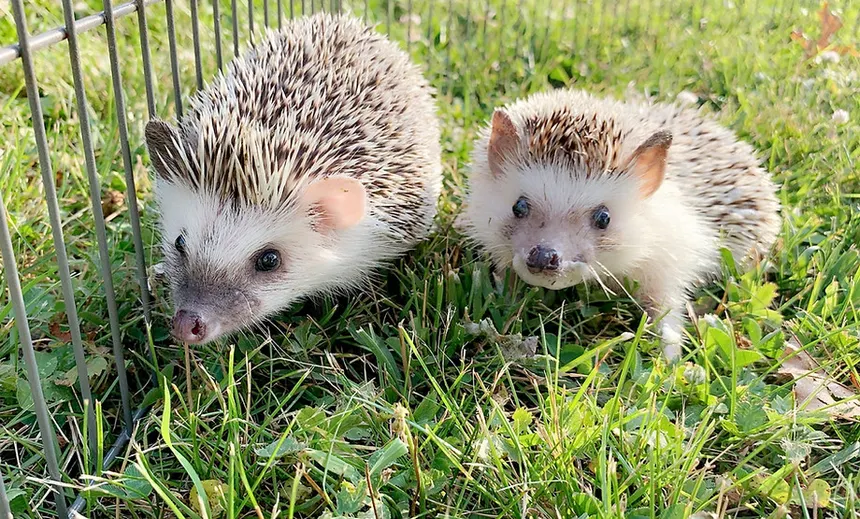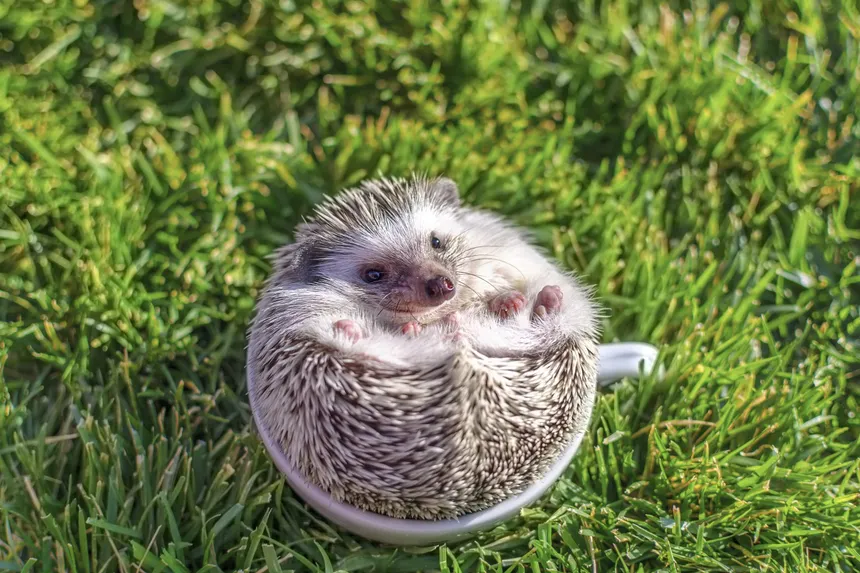“Breeding Hedgehogs: A Complete Guide to Care, Mating, and Raising Young”

Hedgehogs are charming, nocturnal mammals known for their spiny coats and curious personalities. While they are increasingly popular as pets in many parts of the world, breeding them requires specialized knowledge, patience, and a strong commitment to animal welfare. This guide covers everything from understanding their biology to raising healthy offspring.
Understanding Hedgehog Breeding
Hedgehogs in captivity are most commonly the African pygmy hedgehog, a domesticated species adapted for life as a pet. In the wild, hedgehogs breed seasonally—usually in warmer months—but in captivity, controlled environments can make breeding possible year-round. Successful breeding depends on the health, age, and readiness of both male and female hedgehogs.
Choosing Suitable Breeding Pairs
- Age: Breeding is safest when hedgehogs are between 6 months and 1.5 years old for their first litter. Females bred too young or too old risk complications.
- Health: Only strong, disease-free hedgehogs should be bred. This includes checking for genetic disorders to avoid passing on health issues.
- Temperament: Gentle, stress-tolerant hedgehogs are better suited for breeding, as aggressive or anxious animals may harm potential mates or young.
Breeding Environment
Provide a quiet, stress-free space for introduction. A neutral enclosure (not belonging to either hedgehog) reduces territorial aggression.
- Temperature: Keep between 24–27°C (75–80°F), as hedgehogs are sensitive to cold and heat stress.
- Bedding: Use soft, non-toxic substrate such as paper-based bedding to protect both adults and eventual offspring.
- Lighting: A regular light cycle of 12 hours light and 12 hours dark helps maintain natural behavior.
Mating Process
When ready, the male performs a courtship that includes circling and making snuffling sounds. This can last hours before mating occurs. Hedgehogs should not be left together permanently; after successful mating, separate them to prevent aggression.

Gestation and Birth
- Gestation Length: Around 35–40 days.
- Litter Size: Typically 3–6 hoglets, though litters can range from 1–8.
- Nesting: The female should have a private nesting area lined with soft material. Disturbance during late pregnancy and after birth can cause the mother stress, sometimes leading to cannibalism.
Caring for the Mother and Hoglets
- First Two Weeks: Avoid handling or disturbing the nest; the mother provides all care.
- Weaning: At around 4–6 weeks, hoglets begin eating solid food and can be gently handled to promote tameness.
- Separation: Males should be separated from females at weaning to prevent early, accidental breeding.
Common Challenges in Breeding
- Cannibalism: Often caused by stress, disturbance, or poor nutrition.
- Birth Complications: May require veterinary intervention, especially in older or underweight females.
- Health Risks: Poor diet or inbreeding can lead to genetic defects, obesity, or weak immune systems in hoglets.
Ethical Considerations
Breeding hedgehogs should be done with the goal of improving health and temperament—not just profit. It’s essential to ensure homes are available for all offspring and to follow local regulations, as hedgehog ownership is restricted in some regions.

Conclusion:
Breeding hedgehogs is a rewarding yet serious responsibility. It requires careful planning, proper care, and ongoing commitment to the health of both parents and offspring. By providing a safe environment, proper nutrition, and minimizing stress, breeders can help ensure the well-being of these delightful creatures while contributing to the species’ health and diversity in captivity.



